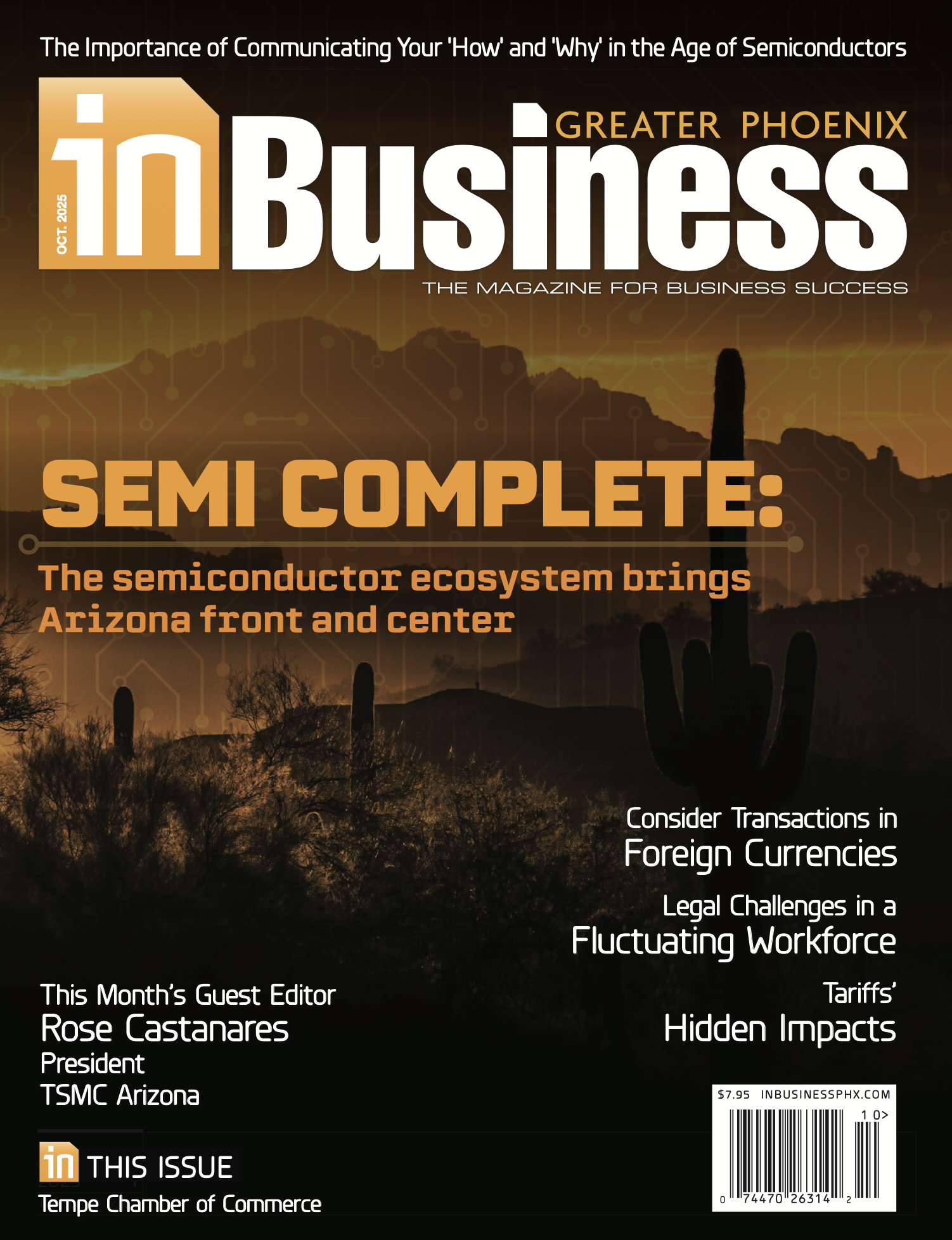
Have those wildly creative virtual events and engaging digital messages reached their saturation point with donors, alumni or other constituents? As people tire of online interactions and hunger for more personal contacts and exchanges, how can educational institutions and nonprofit organizations keep their supporters involved and engaged?
These successful alumni programs offer insights into how to keep donors and constituents active and connected, even if in-person events continue to be delayed.
Volunteerism “My Way”
To entice alumni volunteer engagement, San Jose State University in California is examining ways to “push out” volunteer opportunities to its graduates. Alumni can select ways to serve the university, based on their interest and the amount of time they can give, says Theresa Davis, vice president for university advancement.
“Some alumni will only have a day they can devote to a project, while others may be able to assume a longer-term commitment such as mentoring,” says Davis. By effectively marketing these volunteer positions, SJSU can increase the number of alumni engaging with the university — which may ultimately lead to increased support.
Expanding Beyond Physical Borders
When COVID derailed plans for in-person commencement ceremonies at the University of La Verne in California, a new planning committee was formed with representatives from across the university. The team generated new ideas, including assembling and mailing goodie boxes to graduates and holding a drive-through graduation ceremony, with the campus radio station announcing the graduates’ names as they arrived on campus for the ceremony.
Virtual programs have enabled the university to expand the radius of engagement beyond the borders of its nine campuses and surrounding communities. “It is ironic that in shutting down due to COVID, we have been able to be more inclusive,” says Kim Grant, assistant vice president of alumni engagement.
La Verne enjoyed a very robust Homecoming program before COVID. Since an in-person campus tailgate party was not possible, tailgating supplies were either sent to alumni or could be collected from campus. Homecoming “Day” morphed into Homecoming “Week” with a variety of virtual events and activities, including admissions and career services programs. Students ran a 5K around campus, and alumni were invited to participate in their hometowns using phone apps to record and report their runs.
Career Networks Keep Constituents Engaged
The importance of career support for alumni has come alive in the post-pandemic era. At the University of La Verne, alumni engagement efforts refocused on career support for its graduates, such as assessing personal skills and rebranding. Alumni engagement staff partnered with the career services office to offer “Leo Life Coaching” (La Verne’s mascot is Leo the leopard), providing meaningful connections between current students and alumni. Students also gained a deeper understanding of what their lives will be like after graduation and how the university will continue to support them.
Another way to provide a through-line between alumni and students is with Senior Advice Cards. At Pitzer College in Claremont, California, graduating seniors write advice cards to students who will enter the college in the fall, giving them the benefit of their wisdom and experience. The notes are copied and placed in water bottles presented to new students on their first day on campus. The messages of support and encouragement are well received by the students.
How organizations talk to, with and about constituents should also be examined. For example, do leaders share their pride in the accomplishments of their graduates and colleagues? Are students aware of the diversity of alumni occupations and how they can connect with alumni? Constituent enthusiasm can rise and fall based on the reputation of the organization, so it is important to be cognizant of how donors perceive its brand.
Gifts Help Organizations Stay Top of Mind with Donors
Branded promotional items are a great way to stay top of mind with alumni and donors. Today’s most popular promotional items include wireless chargers, blankets, cheese boards and barware, according to Barbara Perry-Lorek, president of Chameleon Creative Group. Sustainable and eco-friendly items made from recycled materials and bamboo are also in high demand, according to Perry-Lorek.
And while it may seem passé, handwritten notes are making a comeback. Thank-you notes from student scholarship winners, faculty grant recipients or grateful board members could have a profound impact on donors. For those working in colleges and universities, consider signed books by faculty authors, which include a personalized note. The gift of a book also ties alumni back to the educational mission of their alma mater and inspires lifelong learning.
Every participant can serve as an ambassador by referring applicants, providing career support, serving as a guest speaker and donating.
Nancy Treser Osgood is a senior consultant at The Phoenix Philanthropy Group. She has a Master of Arts in religious education from the Claremont School of Theology and a Bachelor of Arts in English from Pomona College. Osgood is also a recipient of the prestigious CASE District VII Tribute Award for the highest standards of professional achievement and outstanding mentorship.
















